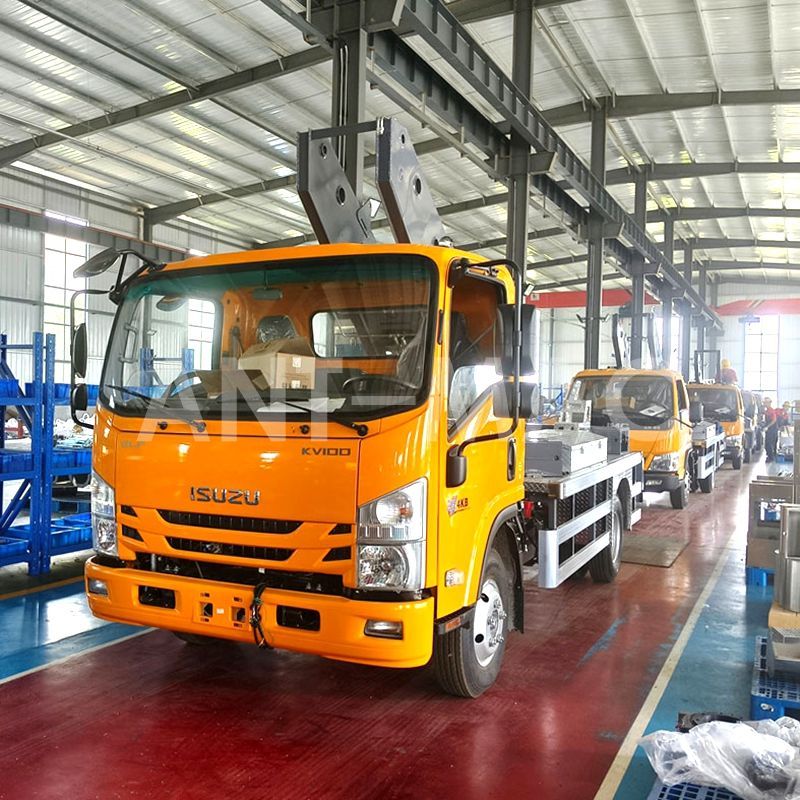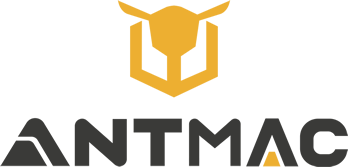Quality Over Price: Long-Life Aerial Work Platforms Redefine Cost-Effectiveness Benchmark
Quality Over Price: Long-Life Aerial Work Platforms Redefine Cost-Effectiveness
In international engineering equipment procurement, the "low-price temptation" and "quality anxiety" consistently puzzle global clients—short-life low-cost equipment seems to cut initial investment but often incurs surging hidden costs from frequent failures. In contrast, high-quality products with extended service life demonstrate lower total life cycle costs and higher safety value. A leading global manufacturer introduces full-range long-life aerial work platforms under the philosophy of "quality determines cycle, cycle redefines cost-effectiveness", achieving a 40% lower 5-year usage cost than short-life models through material innovation, process upgrades, and safety redundancy design. This offers "more cost-effective with prolonged use" solutions for construction, wind power, petrochemical and other industries.
I. Quality as Core: Building "Lifecycle Moat" with Hardcore Standards
(1) Material Innovation: Rejecting "Short-Term Compliance"
Structural Components: Key load-bearing parts use high-strength alloy steel (yield strength ≥420MPa), undergoing 1,000,000 fatigue tests (industry standard: 500,000 cycles), with 60% improved deformation resistance to ensure 10-year structural stability.
Core Components: Hydraulic pumps/motors from top international brands feature 8,000-hour wear life (4,000 hours for common parts), significantly reducing mid-life replacement costs.
Surface Treatment: Scissor arms adopt multi-layer anti-corrosion coating (film thickness ≥150μm), resisting salt spray for >1,500 hours, ideal for coastal/chemical high-corrosion environments.
(2) Precision Craftsmanship: Eliminating Lifespan Flaws
Robotic full-penetration welding (99.8% flaw detection pass rate) ensures weld strength 30% higher than industry standards, eliminating fracture risks from stress concentration.
Electrical systems undergo rigorous environmental testing (high temp/humidity/vibration), with component failure rates 70% lower than average, preventing downtime from circuit aging.
II. Cycle-Driven Value: Truth of Life Cycle Cost-Effectiveness
(1) Hidden Costs of Short-Life Equipment
Case studies show short-life equipment with low initial cost incurs extra mid-life replacement, maintenance, and downtime losses.
(2) Long-Life Value Formula
Time Efficiency: Extending life from 5 to 10 years halves daily usage cost and avoids frequent procurement hassles.
Safety Premium: Standard dual anti-tip systems and intelligent load monitoring reduce accident rates by 60%, avoiding potential million-dollar losses.
III. Safety Throughout Lifecycle
A global infrastructure firm's 20 long-life boom platforms in 7 years:
Zero structural aging accidents (industry avg: 0.3 times/unit/year)
Hydraulic maintenance frequency dropped from 2 to 0.5 times/year, cutting costs significantly
30% residual value at decommissioning (vs <10% for ordinary models), 25% higher resale premium
IV. Industry Paradigm Shift: From Price to Value
(1) Quality Commitment via Cycle Warranty
5-year core component warranty + 10-year structure warranty (vs industry's 2-year standard)
Modular upgrades (e.g., motor-to-lithium conversion) extend life to 15 years, cutting total cost by another 15%
(2) Redefining Cost-Effectiveness
Ant's technical director: "True cost-effectiveness means 10-20% higher initial investment for 70% life cycle savings and 100% safety. When firms calculate 'time + safety + maintenance', they realize 'buying quality saves more'."
In aerial work equipment, the "low-price trap" is being replaced—when life cycles shift from 3 to 10+ years and safety evolves from "factory compliance" to "full-life protection", quality-driven cost-effectiveness prevails. With global long-term projects rising, long-life platforms become the rational choice, proving: The best value lies in lifespan, and true safety starts with long-term quality commitment.
 Dual-Chain Telescopic Boom Sys
Dual-Chain Telescopic Boom Sys
 Russian
Russian
